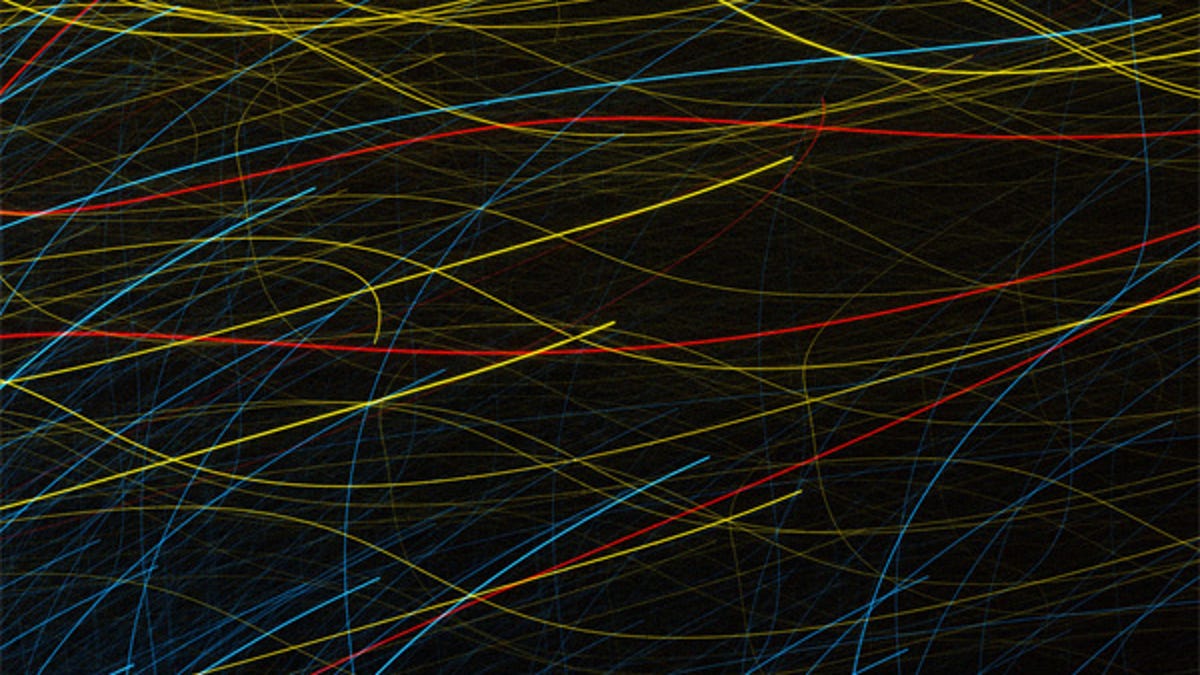What happens when Hubble has a bad day
Even the great Hubble telescope doesn't get it right all of the time. But when it messes up, the results are almost as cool.

(Credit: NASA/ESA)
Even the great Hubble telescope doesn't get it right all of the time. But when it messes up, the results are almost as cool.
It's about as distant as a light painting can get. This image wasn't made with LEDs, but when the Hubble space telescope missed its target.
When photographing regions of space, Hubble locks on using tool called the Fine Guidance System (FGS). A set of gyroscopes measures the attitude of the telescope, or the direction in which it is pointing, and this is then corrected by a set of reaction wheels. The FGS then locks on to a fixed star, or guide star, to compensate for gyroscopic drift.
When Hubble was trying to take a photograph of the NGC 288 globular cluster, the astrophysicists theorised the FGS locked onto a bad guide star, such as a binary star. This then caused an error in the tracking system, and the telescope veered while trying to snap the shot. The red streaks are stars.
The photo has been submitted to the Hubble's Hidden Treasures image processing competition.
And here's what NGC 288 is supposed to look like.

